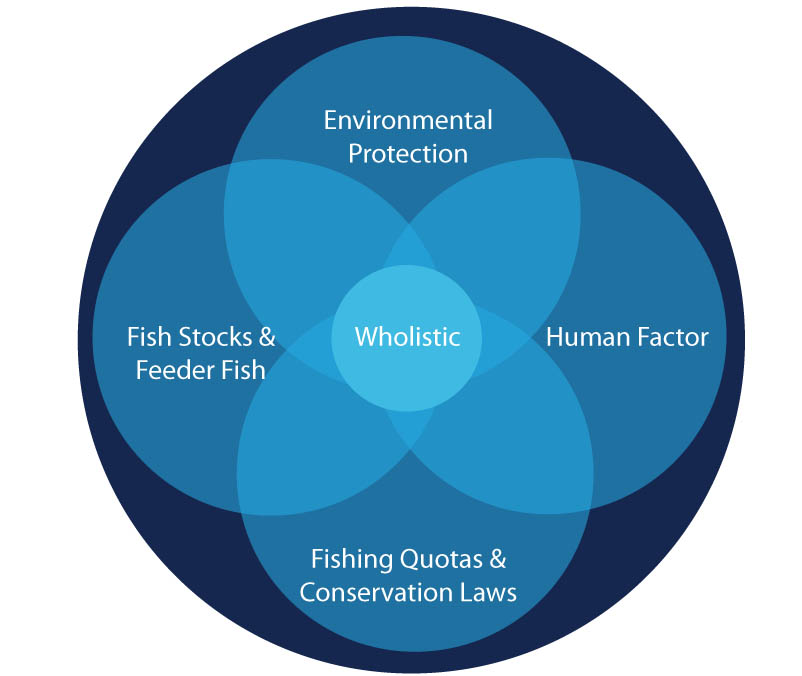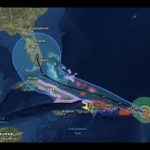A Makeover for US Fishery Management With an Updated Holistic Healing Approach
A Makeover for US Fishery Management with an Updated Holistic Healing Approach
By: William Bradford, FISH TALES Magazine, November 2016
 The visionary road map to US sustainability, The Magnuson Stevens Act, (MSA) turns 40 this year. As many of us know, timing is everything. During the MSA 40 year anniversary, one of today’s leading conservation organizations is working to update the act to match today’s growing seafood industry, and Samuels has been asked to voice our seafood expertise.
The visionary road map to US sustainability, The Magnuson Stevens Act, (MSA) turns 40 this year. As many of us know, timing is everything. During the MSA 40 year anniversary, one of today’s leading conservation organizations is working to update the act to match today’s growing seafood industry, and Samuels has been asked to voice our seafood expertise.
In April of 1976, senators from both sides of the aisle, Warren Magnuson and Ted Stevens led the way for this important fishery conservation and management act. The scope of the act’s success is very impressive. “In 2014, the federal agency that manages ocean fish, the National Marine Fisheries Service (NMFS), announced commercial and recreational fisheries grew to contribute almost $200 billion to the US economy. During the same time of this growth, we we’re becoming more responsible with fishing. In 2014, NMFS announced that overfishing and overfished numbers were at an all-time low, due in part to the Magnuson Stevens Act.
This year, the Pew Charitable Trusts is campaigning to update the Magnuson Stevens Act and put a little bit of a different spin on how we look at fishery management with a more holistic healing approach. These updates would be the first ones made since 2006, however this time; a “big picture approach” is being taken into consideration. Rather than simply regulating a quota or restrictions on one particular fishery, Pew is looking to improve the entire ecosystem in which they live, the fish on which they feed, the overall environmental conditions and the human impact. Fishing for a species is only one factor that determines the health of the stock, so now conservationists want the Magnuson Stevens Act to look at fisheries as a larger picture.
For instance, “forage fish” are one aspect these organizations are looking to improve. Forage fish are the marine life that feed commercial and recreational valued seafood. Currently, many types of forage fish have very little protection. While these fish aren’t big menu blockbusters, they are heavily used for livestock and farmed fish feed, cosmetic products and fertilizer. Pew believes the dependence of these forage fish necessitate conservation efforts. In fact, in 2012, the Lenfest Forage Fish Task Force, comprised of international marine scientists, found the harvesting of forage fish at levels previously thought to be sustainable actually could have negative effects on marine life. They even recommended reducing catch limits by half.
So what comes next? According to Ted Morton, Director of U.S. Oceans/Federal for Pew, Congress is next. “Congress is determining how they want to upgrade it for the next round,” Mr. Morton says regarding the updates about to be made to the management act. Mr. Morton says once things get a bit settled on Capitol Hill in January and the new Congress takes office, they will begin knocking on their door for these updates. For now, Mr. Morton and his organization are looking to see what improvements they can make under the existing guidelines in the act along with seeking out those in the industry such as Samuels & Son Seafood and chefs all over the country. Mr. Morton explains the valiant effort being made as a “constant evolution of fisheries management.”
As a part of the responsible fishing movement, Samuels is proud to offer our knowledge and expertise. The main goal Pew is attempting to reach is a big picture, holistic approach of strengthening the Magnuson Stevens Act to protect all fish stocks and marine habitat while minimizing detrimental aspects such as incidental catch and over harvesting. After all, responsible fishing should be a long term commitment to keep our oceans as a healthy habitat, beautiful resource and source of delicious seafood.
If you would like to learn more about updating the Magnuson Stevens Act or have comments, please send them to






